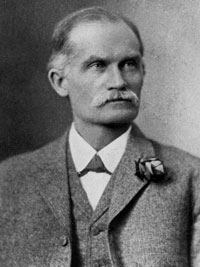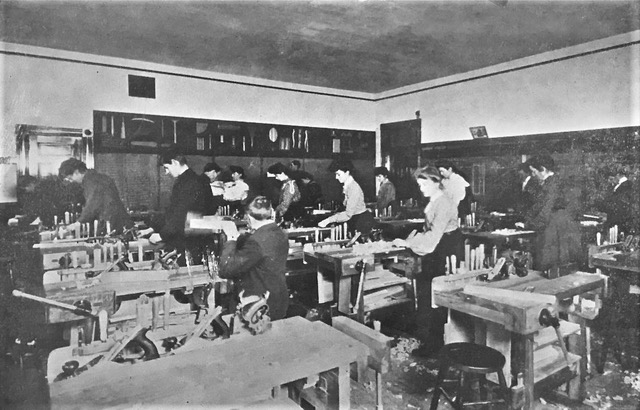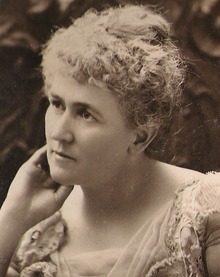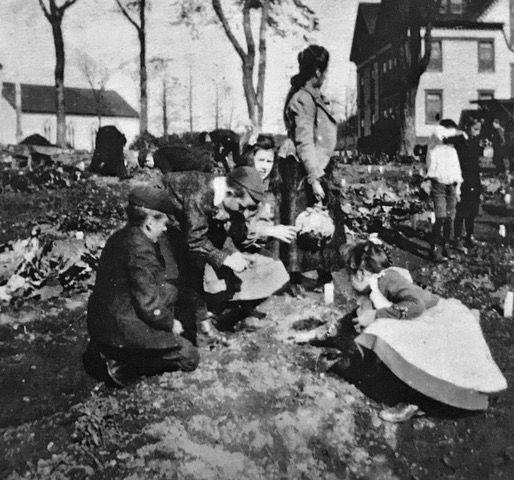A ground breaking curriculum
Robertson’s curriculum is intended to meet the practical needs of rural youth. Emphasis moves from the three R’s of ‘reading, ‘riting, and ‘rithmatic to the three H’s of Head, Hand, and Heart.
Three new subjects will transform the three H’s into intelligence, ability, and unselfish service. The subjects are Manual Training, Domestic Science, and Nature Studies. All stress the need to learn by doing.
Manual Training is already established in Canada’s urban centers. It teaches the students to work with objects. By making things, students learn the importance of patience, accuracy, and attention to detail. The belief is that this course will also give students the ability to reason on the basis of observed fact. In October 1904, MCS boys in Grades 6 thru 9 are doing woodwork in Manual Training. Students in the upper grades also take their geometry and arithmetic in the manual training room. In the lower grades Manual Training is in the form of paper folding and cardboard work.
Educational reformer Adelaide Hoodless, founder of the Women’s Institute, convinces Macdonald and Robertson to add Domestic Science to their curriculum. At a time when most rural homes don’t have running water this course teaches the older female students how food and cooking use chemistry and bacteriology. It highlights the importance of hygiene to good health.
The central and distinguishing course in the Macdonald-Robertson curriculum is Nature Studies. Students learn about the life of plants, trees, and insects. Gardening is the main focus. All students have garden plots which they must prepare, plant, and cultivate. Space is set aside for experimenting with seed types and treatments. Students must maintain their gardens and keep account of the expenses and labour invested in it. At the end of the growing season students put a value on both the crop and the labour, and calculate the profit or loss of their garden.
Macdonald and Robertson recognize that the success of their innovative curriculum requires qualified teachers. That challenge is outlined next.





